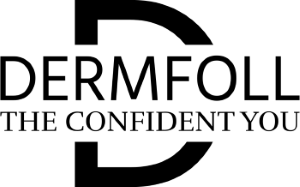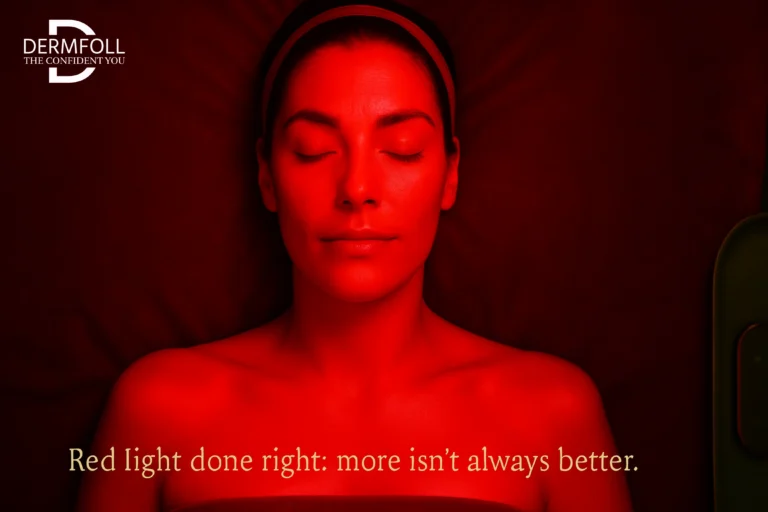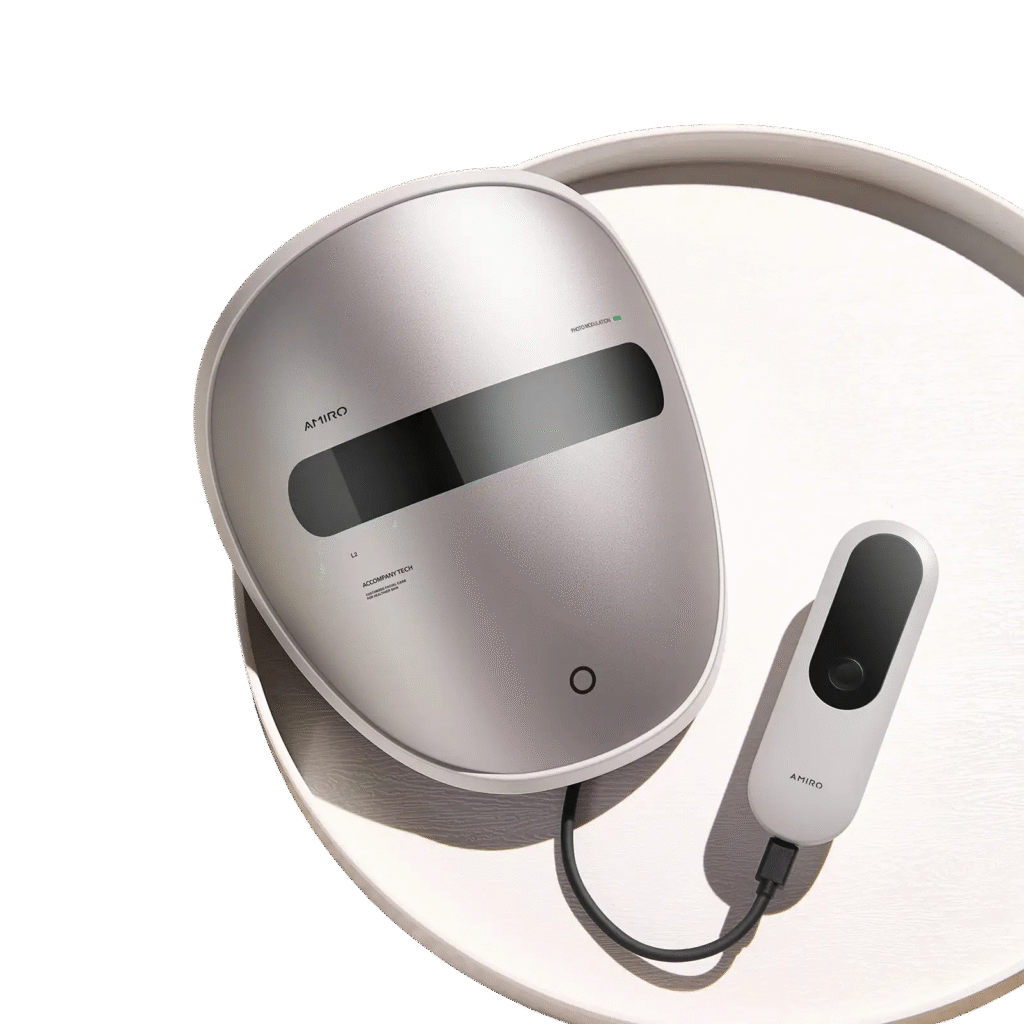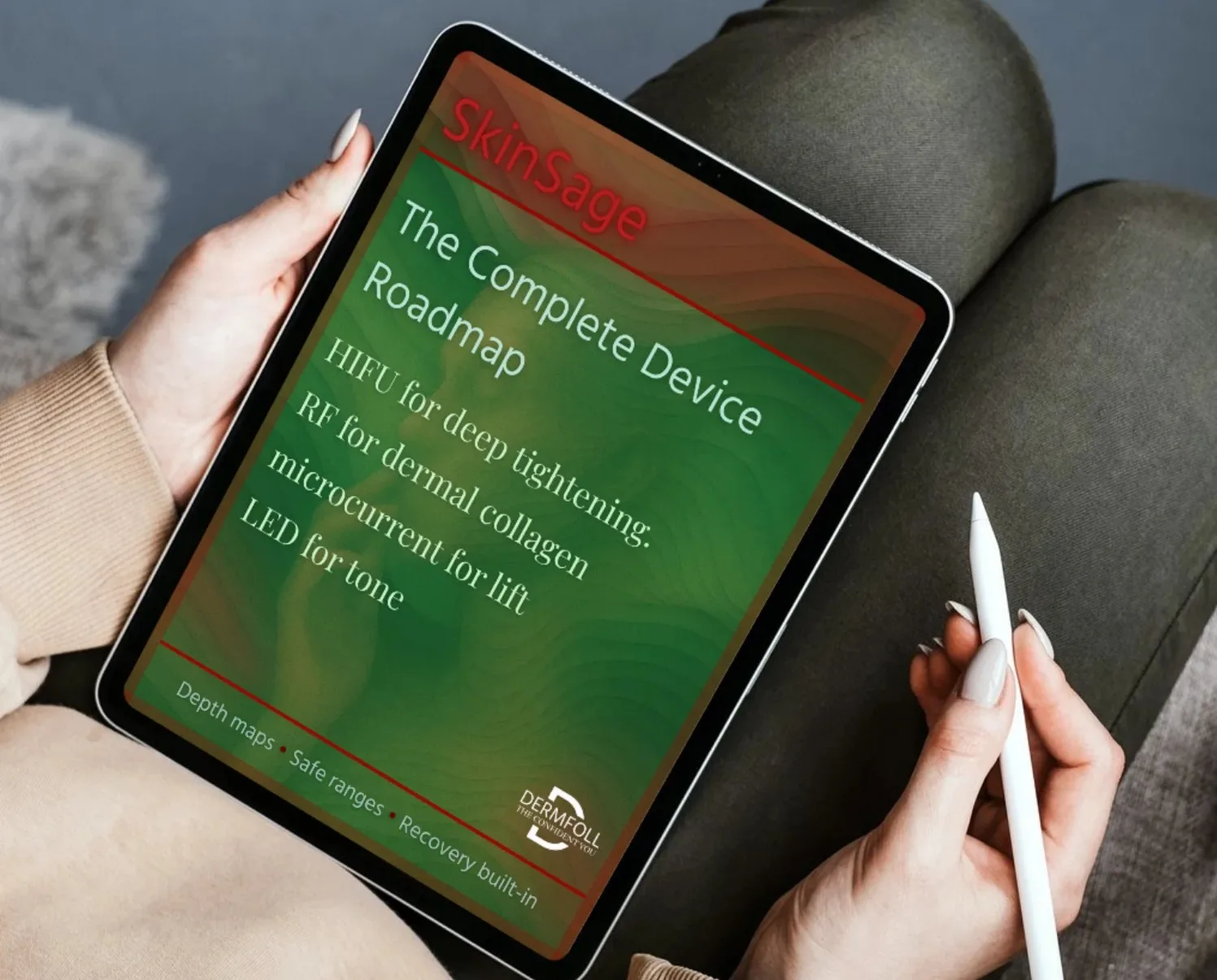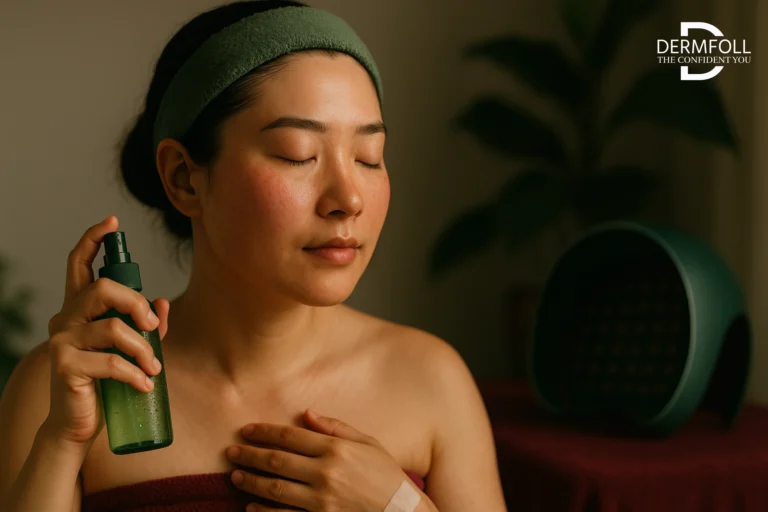Why More Minutes Aren’t Always Better (And Could Be Worse)
So here’s the thing: with red light therapy, more is not always better.
I get why people assume it is, we live in a world where more reps, more minutes, more effort equals better results.
But when it comes to light-based skincare, your cells don’t work like that.
There’s actually a “sweet spot” with red light.
Beyond a certain point, it can start to fatigue your cells instead of energizing them.
This is something researchers refer to as a biphasic dose response, basically, too little light doesn’t do much, but too much can stress out your skin.
One study even pointed out that
“prolonged exposure leads to oxidative stress and delayed healing” when the red light therapy radiation exceeds optimal dosage levels.
The takeaway?
Stick to the guidelines, usually around 10 to 20 minutes per session, a few times a week.
More time won’t double your glow… but it might backfire.
We have an in depth explaination on what is the optimum time for an effective session.
We went through this in one of our earlier editorials, feel free to go through it once you done here.
🔶 Rebuild Collagen and Radiance with Targeted Red Light Precision
CELLRETURN Platinum LED Mask
Clinically verified wavelengths enhance collagen production and restore dermal elasticity.
AMIRO Spectra 5-in-1 LED Light Therapy Facial Mask
Multi-spectrum therapy boosts tone, firmness, and post-acne skin recovery effectively.
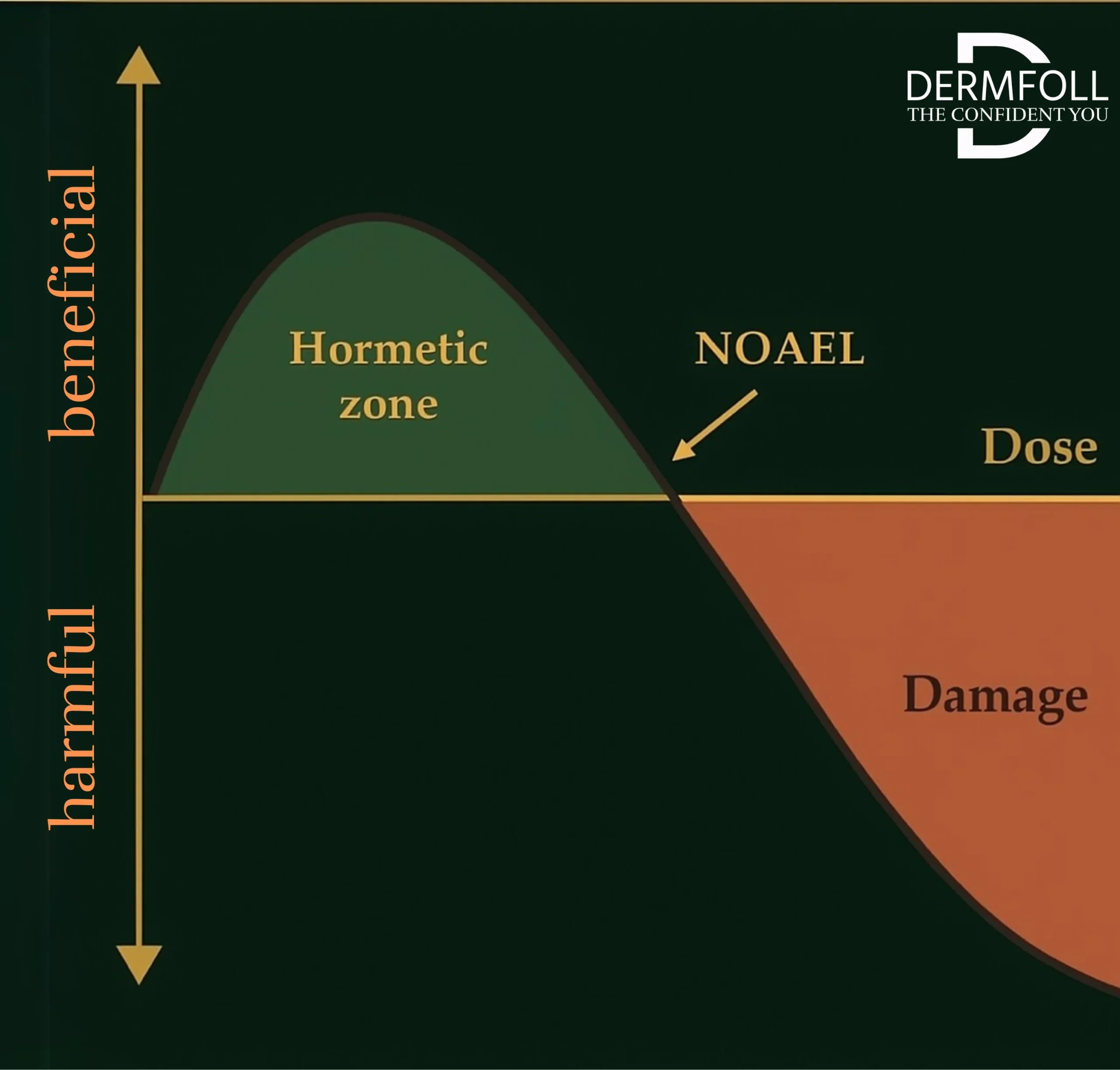
Truth or Gimmick? What to Know About Multi-Color LED Devices
If you’ve ever been confused when seeing those LED masks that cycle through every color in the rainbow, get in line, because i found it just as confusing.
It’s easy to think that more lights = more results.
But here’s the truth: different wavelengths do different things, and combining them can be effective, if the device is engineered properly.
The challenge is, many consumer devices aren’t transparent (pun intended) about their irradiance, which is just a fancy word for light intensity.
And without the right power behind each wavelength, it’s basically a pretty light show.
That’s not to say all multi-color devices are useless! But you want to make sure they’re emitting therapeutic wavelengths, like 630 to 660 nm for red light, and not just flickering colors for effect.
One study noted,
“Combination devices may show promise, but clinical outcomes depend on wavelength accuracy and tissue penetration depth”.
Take away?
When in doubt, a high-quality single-color device that targets your concern, like red light therapy radiation for collagen and healing is often more reliable than something trying to be a jack of all trades.
Marketing vs. Medicine: How to Tell Which Red Light Therapy Radiation Is Real
Let’s talk marketing for a sec. Because yeah, it’s wild out there.
It’s easy to get swept up in bold claims like “Red light reverses aging in 3 days!” or “FDA-approved to erase wrinkles.”
As i don’t have a horse in this race, so i can tell you what most people don’t realize: FDA-cleared doesn’t mean it’s guaranteed to work, it just means it’s considered safe to use.
Look for tools that come with peer-reviewed studies, clinical trials, or dermatologist-backed protocols.
If the brand can’t tell you the wavelength or irradiance of the device? That’s a red flag.
And if a product tells you to use red light therapy after skincare, double-check the ingredients you’re using.
Occlusive or reflective products (think thick creams or mineral sunscreen) can actually block the light from penetrating your skin.
It’s best to use red light on clean, product-free skin, then apply your serums or moisturizers after.
Remember: it’s not about chasing the trend, it’s about understanding what works. And now, you’re already ahead of the game.
Red Light + Skincare: What to Use (and What to Avoid) Before You Glow
Let’s clear this up, because this part? It matters more than people realize.
You know how red light works by penetrating the skin and stimulating your cells from the inside out?
Well, that only works if the light can actually reach your skin cells.
And certain products can either help or block that process.
Here’s a quick cheat sheet:
✅ Use before or after your session:
- A clean, freshly washed face (always start bare)
- Lightweight hyaluronic acid serums (best applied after red light therapy) to lock in hydration
- Barrier-supporting moisturizers like those with ceramides or niacinamide
❌ Avoid before your session:
- SPF or mineral-based sunscreens (they reflect light and block penetration)
- Heavy occlusives like petrolatum or thick balms
- Makeup, even tinted moisturizers – it creates a physical barrier
There’s also this common question: Should you apply products before or after? The safest bet is to use red light therapy after skincare only if your product is light-penetrable and non-reflective.
Otherwise, treat your LED session like a reset button – do it on clean skin, then layer on the good stuff afterward.
As one study puts it,
“Topical agents can significantly alter the penetration and bioavailability of light-based treatments”.
So yes, less is more here too.
Skin Improvement Effect of Tencel Sheet Mask Pack Using Selfluminous LED Light Source
In the paper, it was noted that topical barriers such as sheet masks and hydrogels can influence the penetration depth and efficacy of red light therapy radiation.
Particularly depending on their material, reflectivity, and thickness.
The study observed that while some materials can enhance light transmission (like certain hydrogels), others can scatter or reflect the light, reducing its bioavailability to the skin.
🔶 Smarter LED Care for Acne, Aging, and Sensitivity
CELLRETURN Platinum LED Mask
Red and NIR light calm inflammation while strengthening skin’s repair response.
AMIRO Spectra 5-in-1 LED Light Therapy Facial Mask
Calibrated blue and red modes treat acne and brighten dull complexions.
CONCLUSION
So, let’s bring it home.
By now, you’ve probably realized that red light therapy isn’t just a trendy gadget, it’s a science-backed tool that works brilliantly when used right.
But it’s not a “more is more” situation. Instead, it’s about precision, consistency, and knowing exactly what your skin needs to thrive.
We covered a lot, including:
- Why going beyond 20 minutes can actually slow results, not speed them up
- How multi-color LED devices can be helpful only if they’re designed with the right irradiance and wavelength
- What to watch for when a product claims it’s “FDA-approved” (hint: safe doesn’t always mean effective)
- The truth about using red light therapy radiation after skincare – and which ingredients help, and which ones hurt
- How red light therapy radiation interacts with your skin at the cellular level, and why barrier-blocking products can disrupt that
In short? You’re now equipped to cut through the noise – and glow smarter, not harder.
💡 Coming Next: Red Light Therapy Radiation Is Only for Wrinkles? (Wrong!) Think red light is just for fine wrinkles and crow’s feet? Not even close.
In our upcoming post, we’re looking into what red light truly accomplishes beyond anti-aging, from reducing inflammation to promoting acne recovery, and yes, even assisting with scarring and skin resilience.
Whether you’re battling with redness, sensitivity, or just want to future-proof your skin, this next deep dive is one you won’t want to miss.
